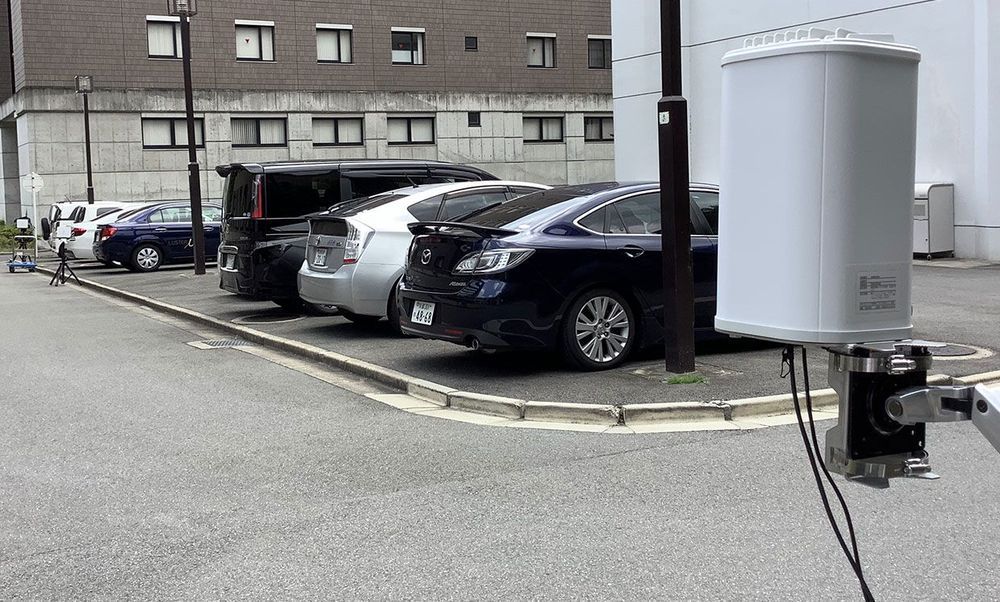Business districts may be bustling in the daytime, but they can often be near-deserted in the evenings. These fluctuations in population density pose a challenge to the emergence of 5G networks, which will require more hardware than ever before to relay massive amounts of data. Here’s the rub: To ensure reliable service, mobile networks must either invest in and deploy many more hardware units–or find ways to let the hardware move with the crowds.
One group of researchers is proposing a creative solution: installing small radio units on cars and crowdsourcing the task of data transmission when the vehicles are not in use. That approach relies on the fact that more cars tend to be parked in highly populated areas.
The most common network model that service providers are considering for 5G networks involves C-RAN architecture. Central units coordinate the transmission of data; the data is disseminated through distribution units and is further processed and transmitted by fleets of radio units. Those units convert the information to usable formats for mobile users.
